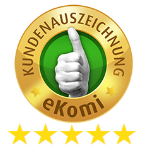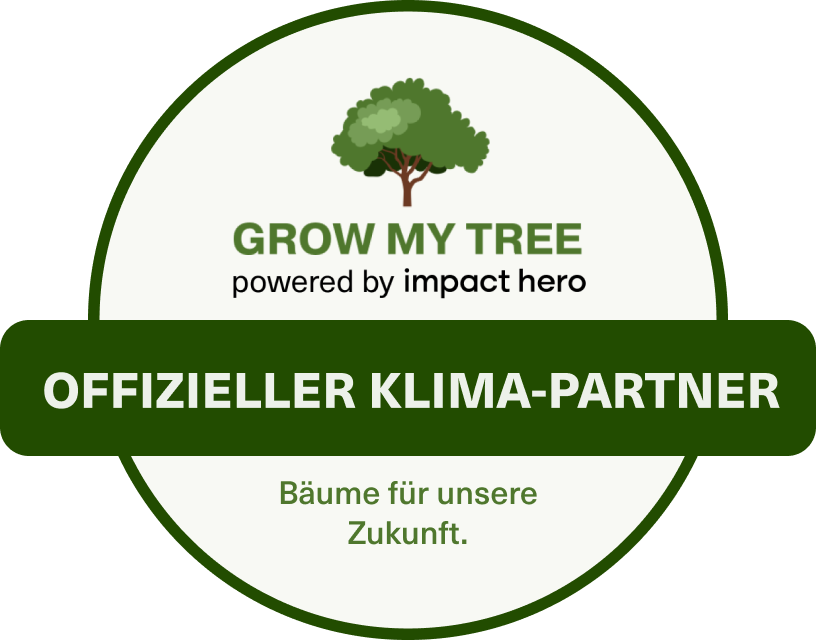What is the circular economy?
According to the European Parliament's definition, the circular economy is a model of production and consumption in which existing materials and products are shared, leased, reused, repaired, refurbished and recycled for as long as possible.
In this way, the life cycle of products is significantly extended. In practice, this means that waste is reduced to a minimum. After a product has reached the end of its life, the resources and materials remain in the economy as far as possible.
The original materials are therefore reused productively and sensibly to continue generating added value.The circular economy stands in contrast to the traditional, linear economic model ("throwaway economy"). This model relies on large quantities of cheap, easily accessible materials and energy. "Planned obsolescence" is another characteristic. For example, the European Parliament is also calling for measures to prevent appliances from breaking prematurely.Our contribution to an improved circular economy is the endeavour to use recyclable mono-materials without exception. This will enable waste disposal companies to sort the material and the valuable plastic can be put to a new use.




